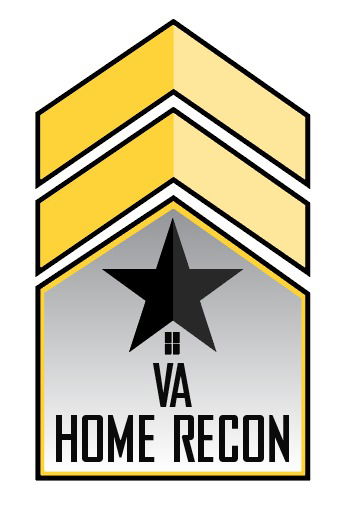Intermittent Occupancy Guidelines for VA Loans

The VA’s occupancy guidelines help ensure veterans and service members are purchasing primary residences. Like the other government-backed home loans, VA loans aren’t intended for buying vacation homes, second homes or purely investment properties.
Generally, VA buyers in most cases are expected to occupy their new home within 60 days of closing, although there are exceptions.
Here, we’re going to focus on the concept of “intermittent occupancy,” which basically allows buyers to move forward with a VA loan even if they can’t maintain a physical presence at the home on a daily basis.
This often applies to veterans working overseas as civilian contractors, but every prospective buyer’s situation is different. Lenders evaluate occupancy scenarios on a case-by-case basis.
Time Away for Work
For the VA, occupancy implies the new home is within reasonable distance of the borrower’s place of employment. But there are situations where a veteran’s job requires them to be gone from home, sometimes for substantial periods of time.
In those cases, lenders will be looking to see if the veteran has a history of continuous residence in the community. They’ll also be looking for any signs the borrower has established, intends to establish or may be required to establish a primary residence somewhere else.
There’s no magic number or set number of days the buyer must live in the home. But lenders will want to ensure the veteran isn’t trying to purchase what’s essentially a seasonal home.




